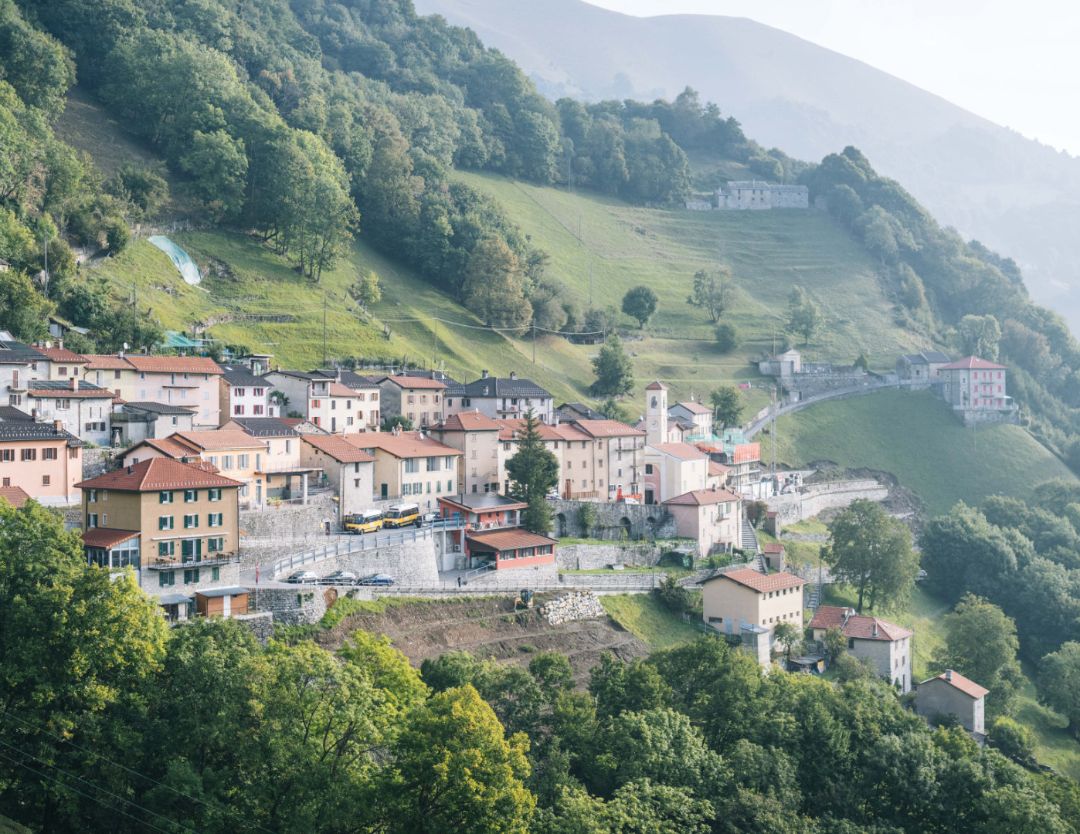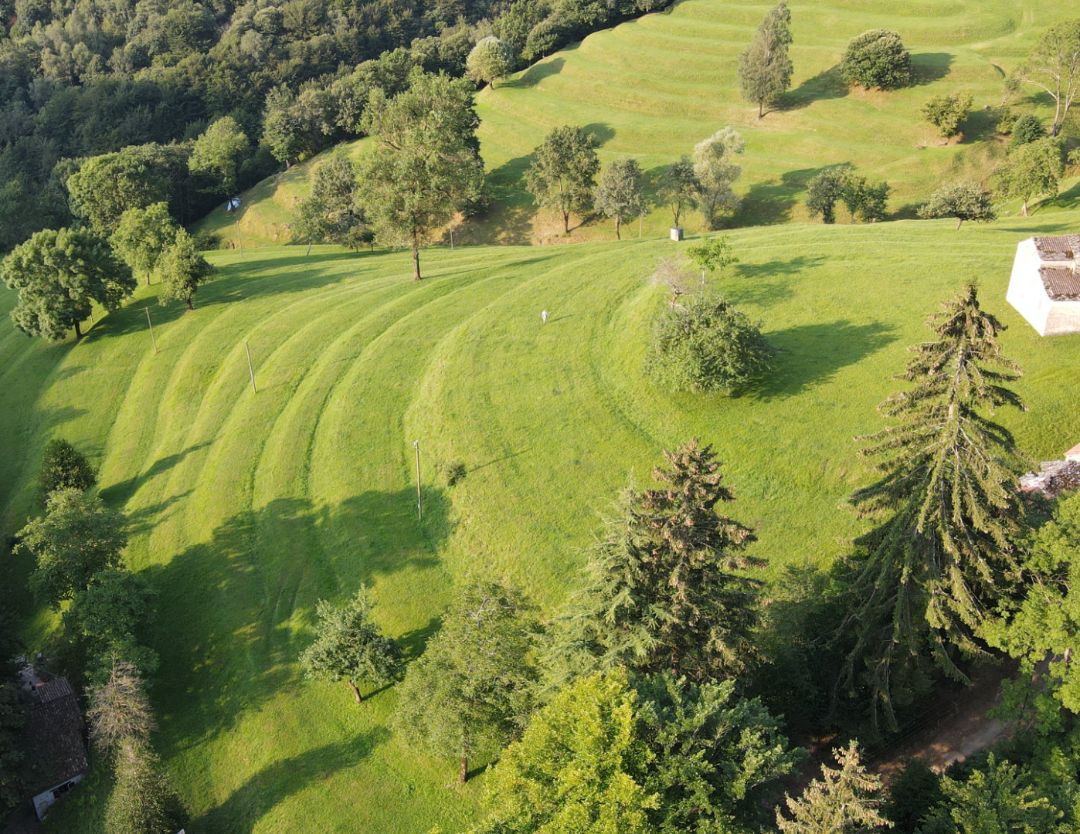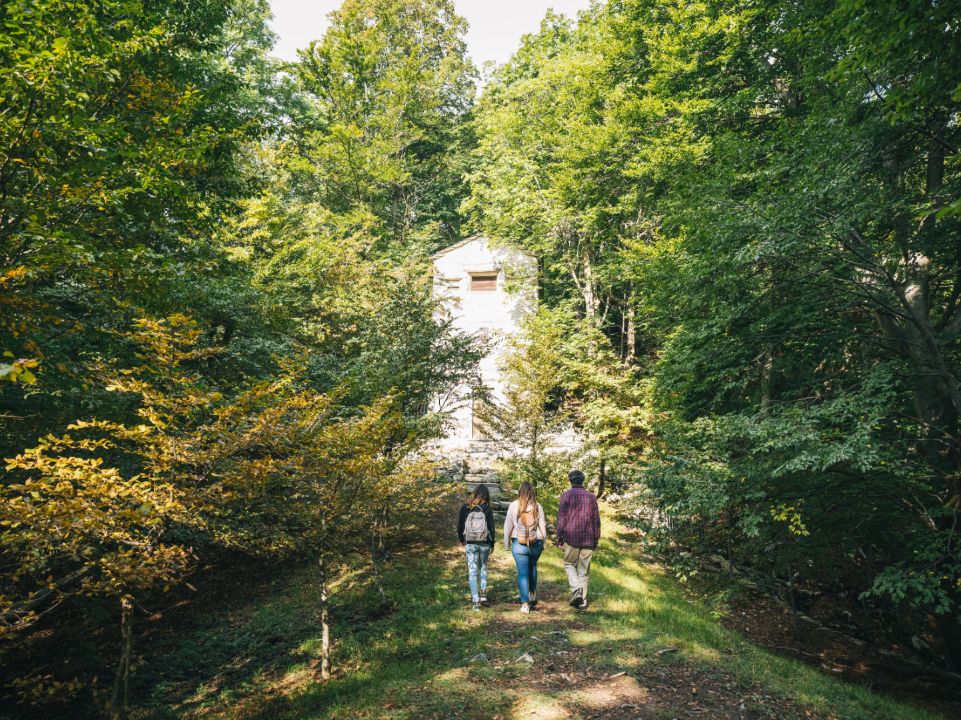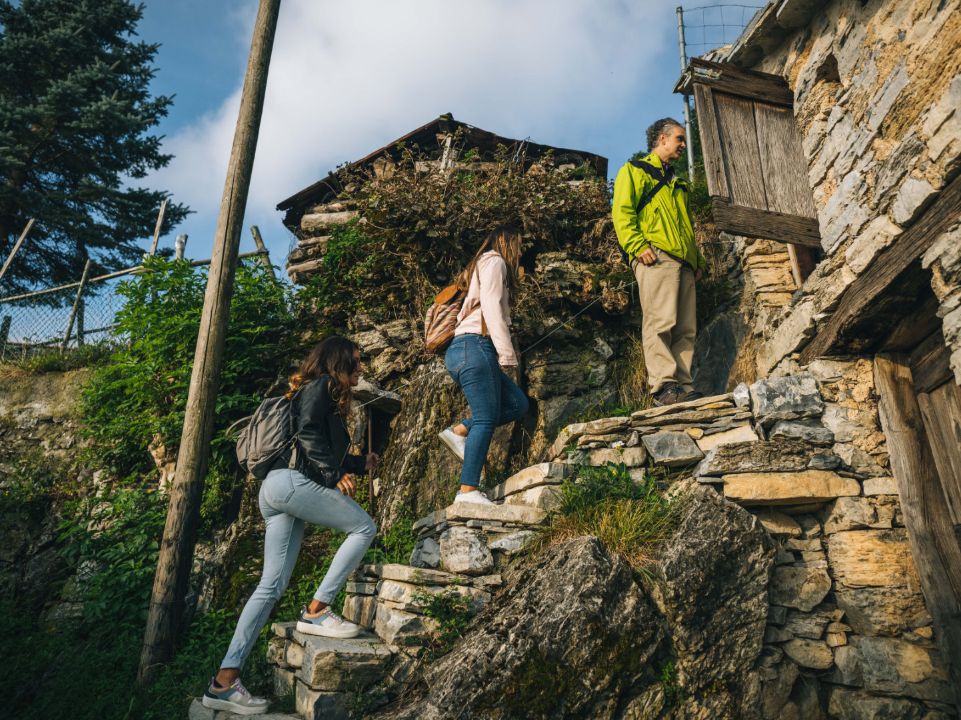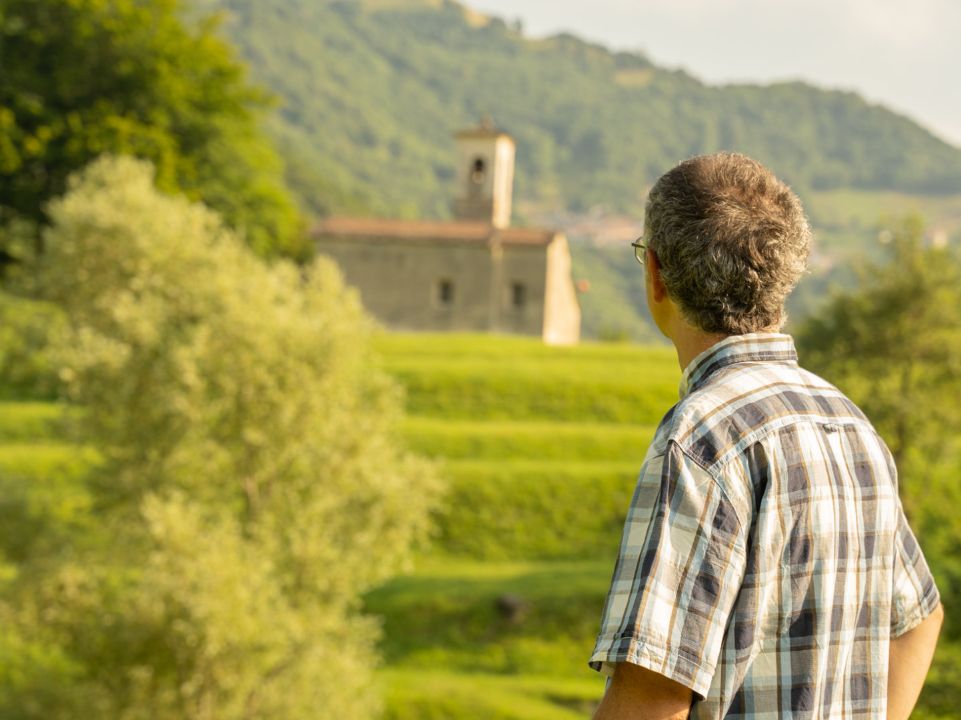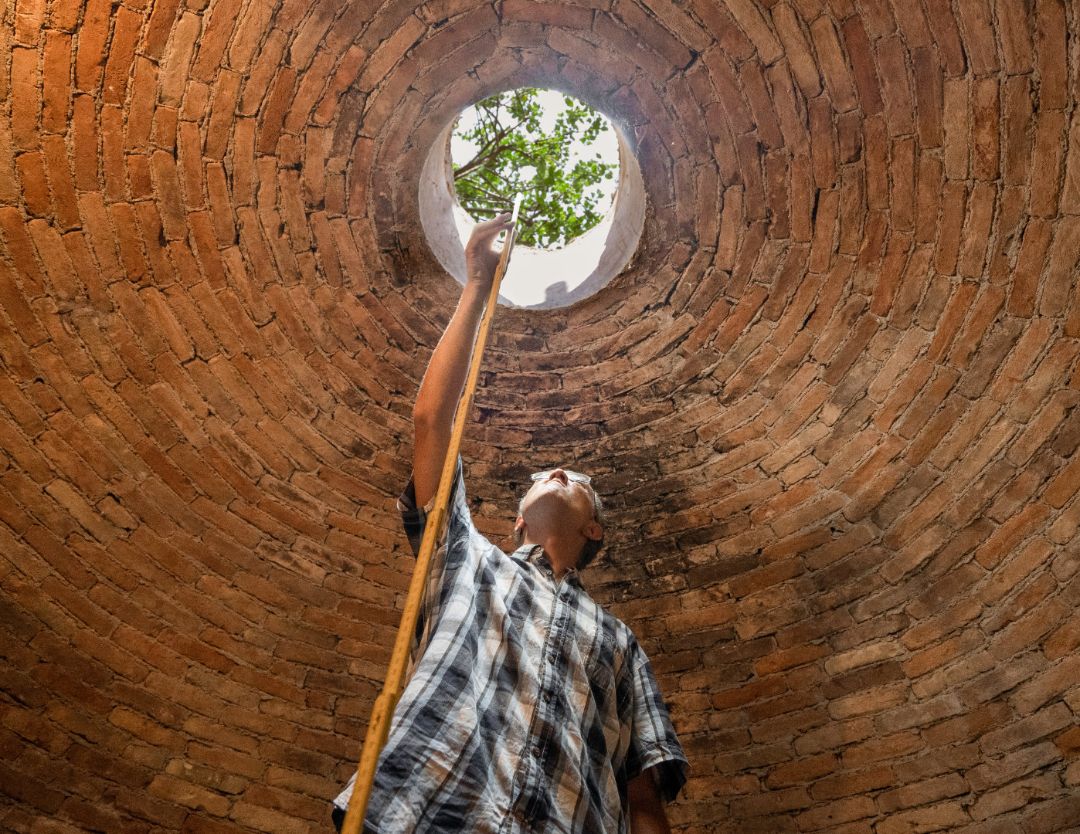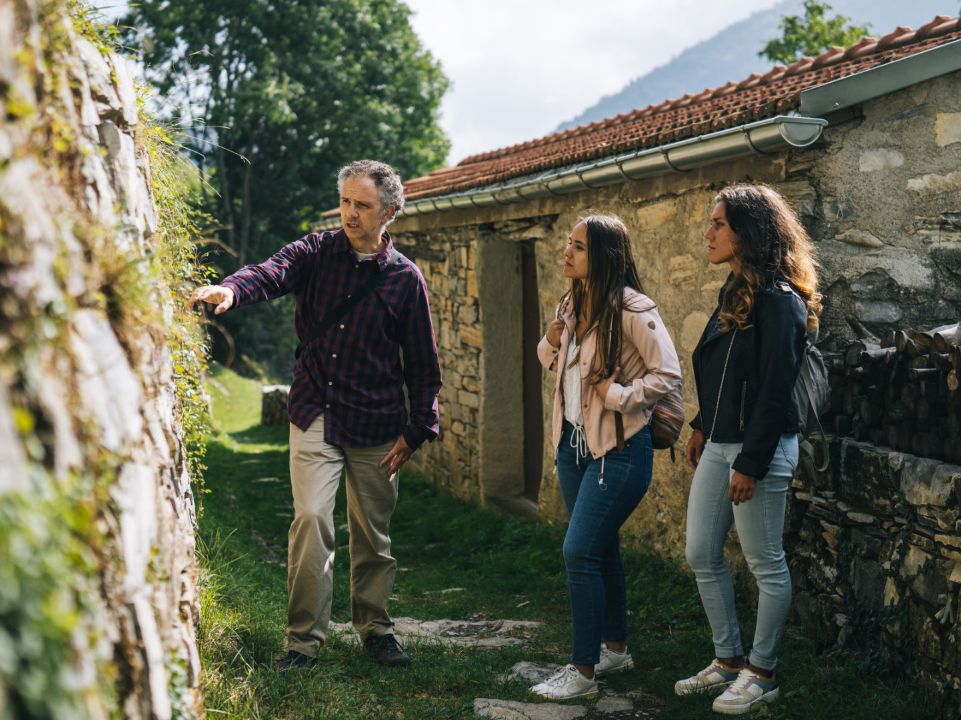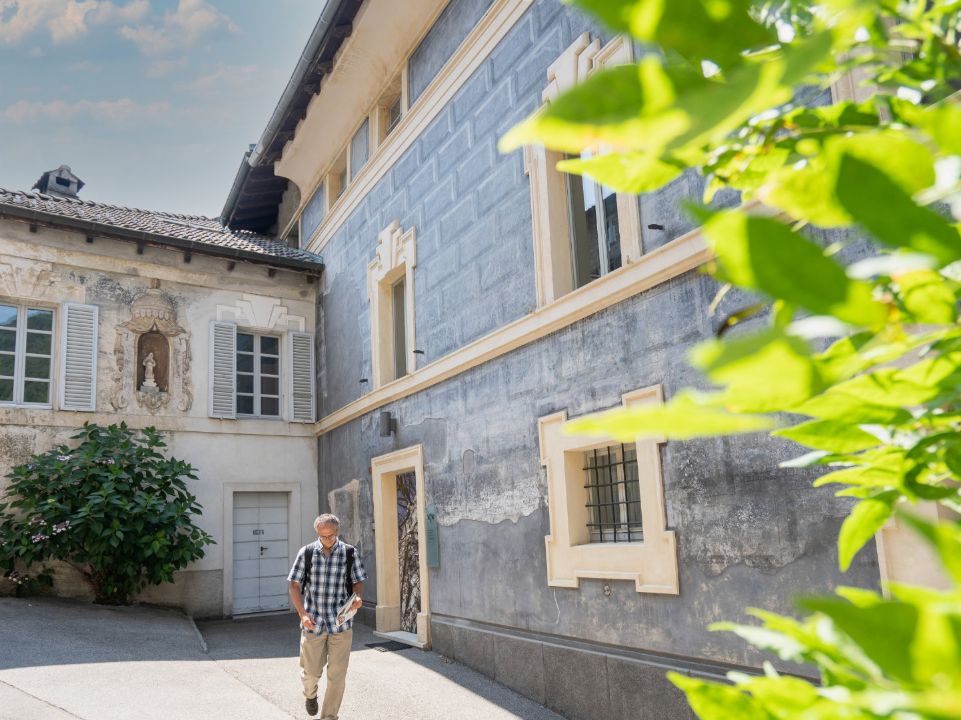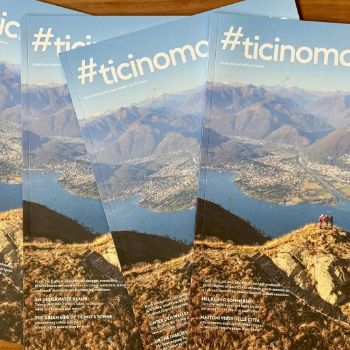The Muggio Valley, right at the southernmost tip of Switzerland, is known for its agricultural history and rare flora and fauna. The Ethnographic Museum of the Muggio Valley works in conjunction with other bodies to preserve this unique cultural landscape.
THE CHARACTER
Mark Bertogliati, curator of the Ethnographic Museum of the Muggio Valley
Every stone out there has a story to tell. And we have a wealth of farming history here.


